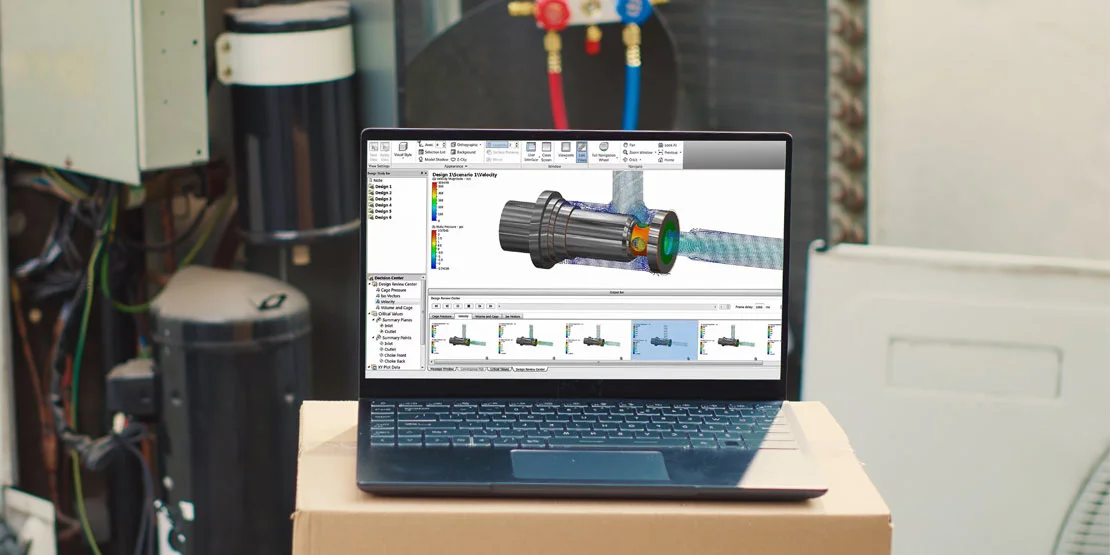
HVAC Simulation and Sizing Software
HVAC is an important system for the maintenance of comfort in residential, commercial, and industrial environments. With energy efficiency and sustainability becoming increasingly important in today’s world the role of HVAC simulation and sizing software is also increasing in the terms of importance today our blog will make the reads understand about the HVAC simulation and sizing software in depth, we will read about its functionalities, benefits, who are the key players in the market, and what are the best practices for an effective implementation.
What is HVAC Sizing Software?
HVAC simulation and sizing software allows the technician and designers in HVAC sector get their maximum benefits from the software in this virtual environment. Simulation of various conditions can thus help they in optimizing the system design in terms of efficiency, cost-effectiveness, and environmental sustainability and much more before the actual implementation.
Key Functions of HVAC Simulation Software
Thermal Comfort Analysis
It predicts how designs in HVAC affect the various occupant comfort levels.
Energy Consumption Forecasting
Helps in estimating the energy usage based on the different system configurations.
Airflow Dynamics Modeling
It simulates airflow patterns to ensure effective ventilation in all possible areas.
Equipment Sizing
It helps in the selection the appropriate equipment sizes based on different load calculations.
Scenario Testing
It allows the users to test different design scenarios and identify the optimal solution of the user.
What are the Benefits of HVAC Simulation Software?
Enhanced Design Productivity
Simulation software makes design easier because due to it the technicians can visualize how different components interact within an HVAC system. It also helps the user to save time when prototyping and testing a physical model.
Cost Savings
The designs are optimized before installation thus saving the components modifications. Accurate sizing of the equipment ensures that systems are efficient and saving energy in the long run.
Performance
Simulation tools provide designers critical insight into the system as it would work in normal and extreme conditions. Facilitating early possible issues identification from the design phase itself, it makes systems more robust and efficient.
Sustainability
With increasing awareness related to energy efficiency there are buildings that perform with maximum comfort but simultaneously minimize energy consumption become an emphasis in design. The software creates such systems for architects and engineers.
Which are the best HVAC Simulation Software?
The following are some firms specialized in the advanced simulation solutions for HVAC software, including:
Odoo
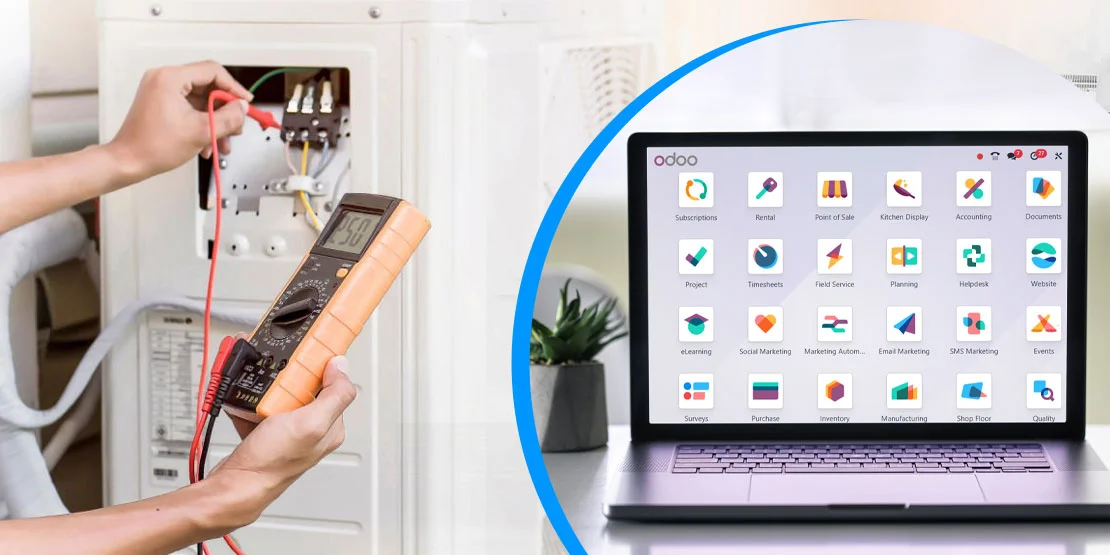
Odoo is a one-stop solution for various operations in the HVAC sector and providing the maximum benefit to numerous ventures.
Key Features
Odoo Integrate with Building Information Modeling (BIM) that helps the HVAC sector in simulating the tools that integrate seamlessly with BIM platforms, and further helps in enhancing the collaboration among stakeholders.
With the help of Odoo users can modify their parameters such as duct sizes or equipment types and increase the overall performance.
The software assist is accurate load Calculations of heating and cooling loads based on the clients building specifications, occupancy patterns, and climate data.

Simcenter Amesim
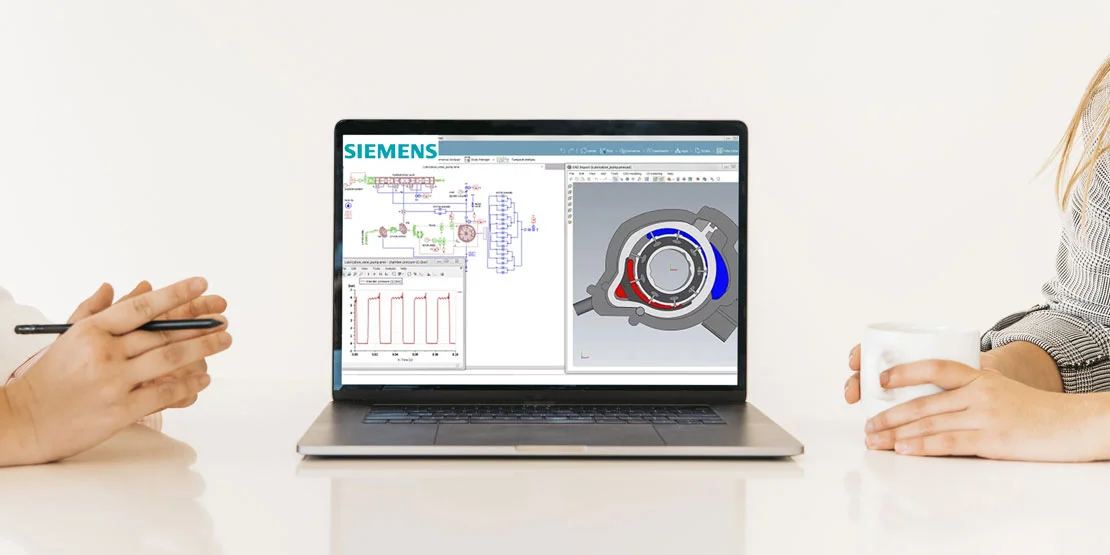
Simcenter Amesim is an all-in engineering tool in the designing and testing of HVAC systems. Customers have the prediction of dynamic performances against any working conditions.
Key Features
Prepared catalog modeling elements for ready assembly.
Transients simulations will accurately be able to predict key variables over time.
Possible analysis on energy efficiency components
Integration with CAD so that all workflows are intuitive

Autodesk's CFD
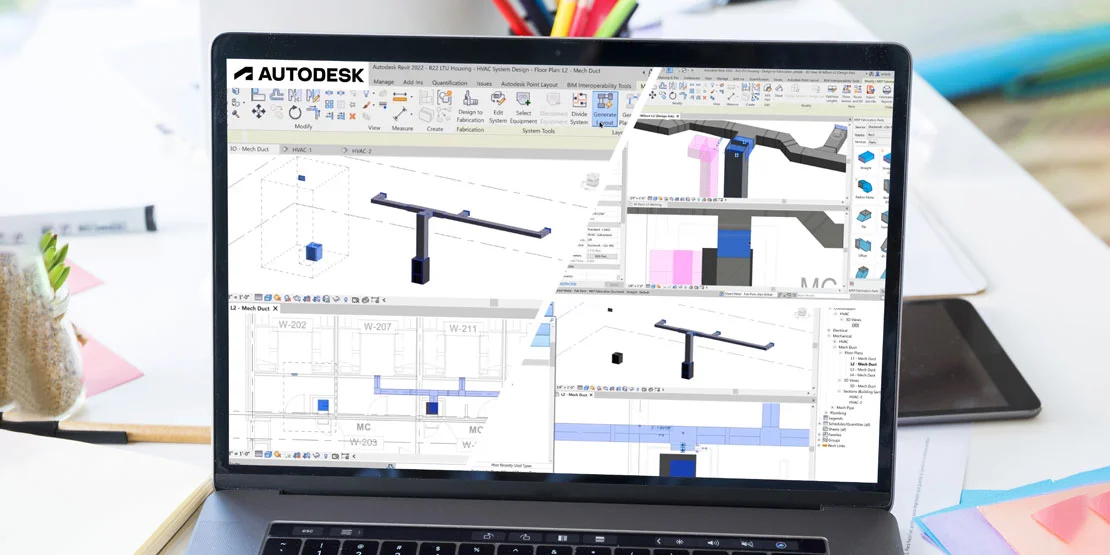
Autodesk's CFD software focuses on modeling airflow dynamics in buildings. It helps engineers optimize HVAC designs for thermal comfort and energy efficiency.
Key Features
Detailed airflow simulation to see the movement of air.
Thermal assessment features to ensure occupant comfort.
Integration with building design tools for comprehensive analysis.

EcosimPro
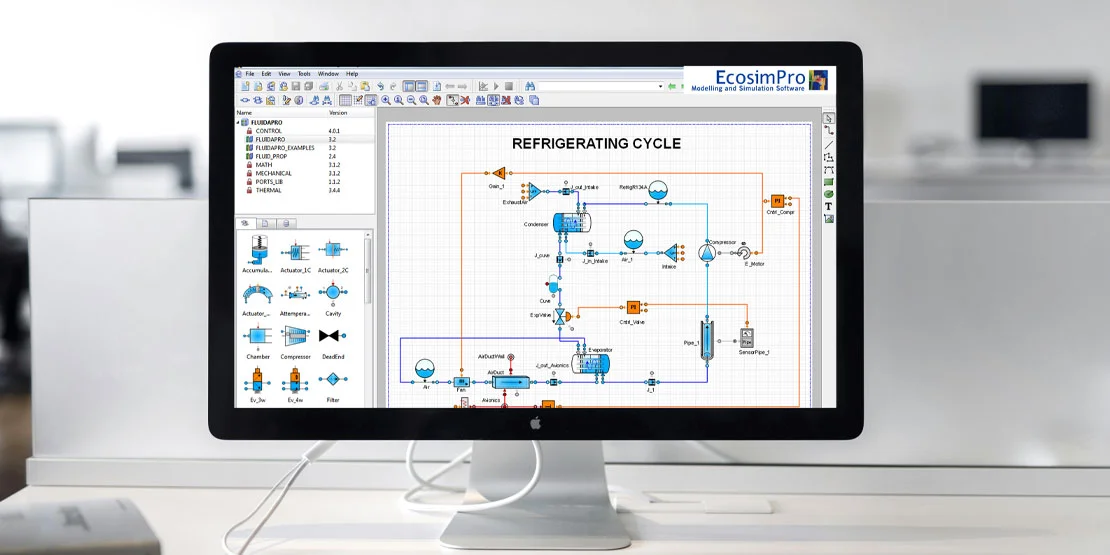
EcosimPro is a powerful toolkit for simulating fluid systems, including HVAC applications. Its capabilities include modeling complex interactions between various components.
Key Features
Digital twins for proper performance assessment.
User-specific component performance curves.
Components library specialized for HVAC applications.

SimScale

SimScale is a web-based simulation platform that allows designers to do remote CFD studies of HVAC systems. This also works great for distributed teams who work in different locations.
Key Features
Cloud-based simulation. High-performance computing requirements are obviated.
Instantaneous rendering of results. Design implications can be viewed in real time.
Thermal and airflow analyses of the simulation type supported.

Best Practices in Implementing HVAC Simulation Software
To maximize benefits from HVAC simulation software, the following best practices must be considered by organizations:
Define Clear Objectives
Before the software solution is implemented, there must be clear objectives on what you want to achieve with the simulations—energy savings, improved comfort levels, or reduced installation costs.
Invest in Training
Training with the use of proper method will see to it that the people learn on proper usage. You may acquire training offered by manufacturers through workshop or third party coaches.
Relevancies in data inputs
Precision of output is contingent of the nature of data placed to the inputs. Sizing of relevant parameters of this model: building sizes; occupancy types; and size of apparatus should have direct influences on sizing.
Bringing stakeholders early during the implementation
Incorporate all the relevant stakeholders, such as architects and engineers, facility managers in the simulation process right at the beginning. Their insights would help refine models and ultimately deliver better outcomes.
Iterative Testing
Use an iterative approach while testing various scenarios in the software. This helps test different configurations and find optimum solutions.
Future Trends in HVAC Simulation Software
As technology continues to change, several trends are setting up the future of HVAC simulation software:
Integration with Building Information Modeling (BIM)
The integration of HVAC simulation tools with BIM platforms makes collaboration easier between stakeholders because it creates a shared digital environment for all aspects of building design to be analyzed together.
Artificial Intelligence (AI) Enhancements
Algorithms developed through AI can analyze huge datasets for the automatic optimization of system designs based on historical performance data and predictive analytics.
Cloud-Based Solutions
Cloud based solution comes with accessibility, scalability, and low-cost hardware with minimum installations that allow teams to work on numerous locations are some of the reasons why cloud-based platforms are increasingly being adopted these days.
Sustainability
There is increased worry towards climate change and energy usage, and hence the coming future of software development can see sustainable features that would support designers in developing energy efficient systems according to green building standards.
FAQs
What do you mean by CFD in HVAC?
CFD stands for Computational fluid dynamics, in the heating, ventilation and air conditioning industry.
How can odoo help as HVAC simulation/sizing software?
Odoo comes with a build-in Building Information Modeling (BIM) for the HVAC simulation/sizing software, that helps the user to work on the tools that can have a better BIM platform, and actively works on the collaboration part among the stakeholders while also supporting the different duct sizes and equipment's.
How can Cloud-Based Solutions affect the HVAC sector?
Cloud based solution affect the software in a positive direction as it brings the components like accessibility, scalability, and low-cost hardware with a loss installation fee and without the hassle of extensive installation process.
Which is the best HVAC solution provider?
O2b technologies is the best HVAC solution provider as it helps you clear your objectives, works on Cloud-based simulation, provides detailed airflow simulation, etc. to the HVAC business sector.
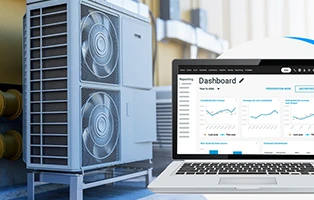
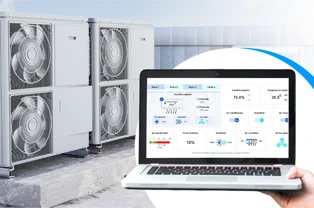
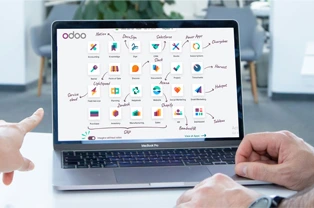
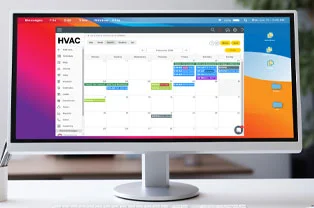
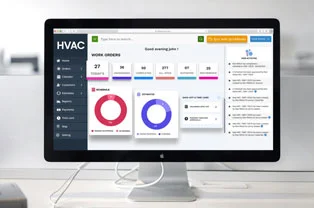
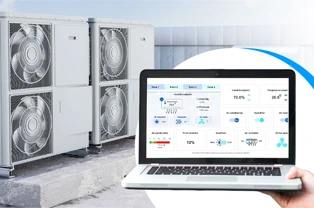
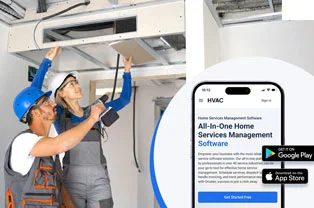


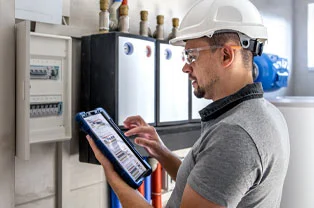



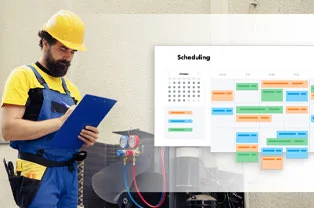



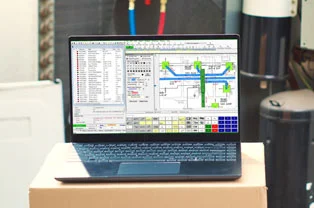



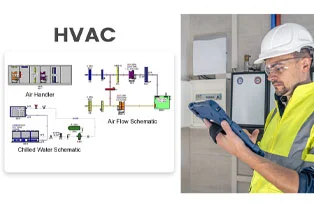

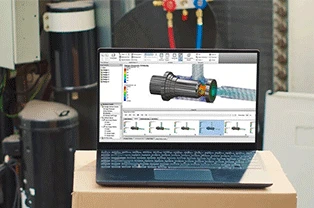



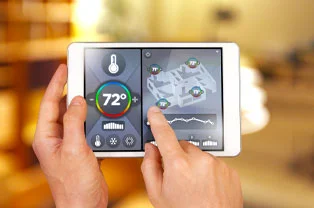












 USA
USA INDIA
INDIA